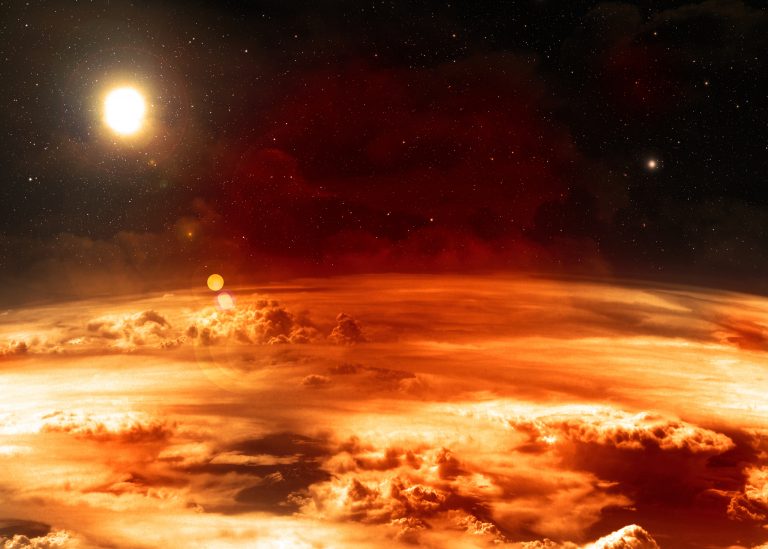In 2020, the discovery of phosphine in the atmosphere of Venus, which could indicate the presence of life, raised a lot of dust. Many doubted the discovery at the time, but it has now been confirmed by a new independent study.
Venus, one of the harshest places in the solar system, is now in the spotlight because of a surprising discovery: it may still have life. Researchers have confirmed that there are indeed two gases in the planet’s atmosphere, phosphine and ammonia, which, despite the planet’s harsh surface conditions (temperatures of 450 degrees Celsius and a toxic atmosphere), could indicate the presence of microbial life.
At the National Astronomy Meeting in Hull, researchers presented new evidence supporting the existence of phosphine, a gas found on Earth in oxygen-deficient environments, such as the intestinal tract of animals. As you may recall, the discovery of phosphine already raised a lot of dust in 2020, but since then many people have wondered whether the gas has actually been detected in the atmosphere of Venus.

They could find traces of life on Venus.
An international research team has discovered a compound on Earth that does not naturally occur in such quantities, but there are known microbes that produce it and are able to survive in an oxygen-free environment.
However, new observations from the James Clerk Maxwell Telescope (JCMT) in Hawaii have confirmed that phosphine levels on Venus fluctuate according to the day-night cycle. Guardian reports.
These fluctuations mean that sunlight is destroying the phosphine, explained Dr Dave Clements of Imperial College London, but the exact source is unknown – and it cannot be ruled out that it comes from some kind of life activity. As Clements said:
“Our results suggest that when the atmosphere is exposed to sunlight, phosphine is destroyed. All we can say now is that phosphine is there. But we don’t know what causes it. Maybe it’s a chemical process we don’t understand. Or maybe it’s life.
It is conceivable that if Venus had a warm, wet phase in the past, runaway global warming may have caused life to evolve to survive in the only place left, the clouds.
Professor Jane Greaves of Cardiff University spoke about the initial discovery of ammonia using the Green Bank Telescope. On Earth, ammonia is usually produced by biological processes or industrial activities, and its presence on Venus is difficult to explain by known geological or atmospheric processes.
Because of the above, these gases are considered a biosignature, that is, a sign of life, but in themselves they do not represent complete evidence that some kind of life actually existed in a given place – in this case, on Venus. According to Dr. Clements, of course, the existence of life on Venus during the planet's temperate climate cannot be ruled out, and some microbes could have adapted to survive in the cloud layers, where conditions are relatively “milder” than on the temperate hellish surface.
Professor Nikku Madhusudhan, an astrophysicist at the University of Cambridge, who was not involved in any of the phosphine studies on Venus, said:
“As for Venus, both are open questions. If the presence of phosphine and ammonia is indeed confirmed with a high degree of certainty, it increases the chance of a biological origin. The natural next step will be for new researchers to examine (this evidence) and provide support or counterarguments. More data will solve the story.
All of this is cause for optimism. If they can prove that these gases are real, it will be a huge step forward.
Dr Robert Massey, Deputy Executive Director of the Royal Astronomical Society, said:
“These are very exciting results, but it should be stressed that they are only preliminary and more work is needed to learn more about the presence of these two potential biomarkers in the clouds of Venus. However, it is exciting to think that these observations could indicate possible signs of life or some unknown chemical process. It will be interesting to see what further investigations reveal in the coming months and years.”
(Image: Pixabay/AdisResic)






